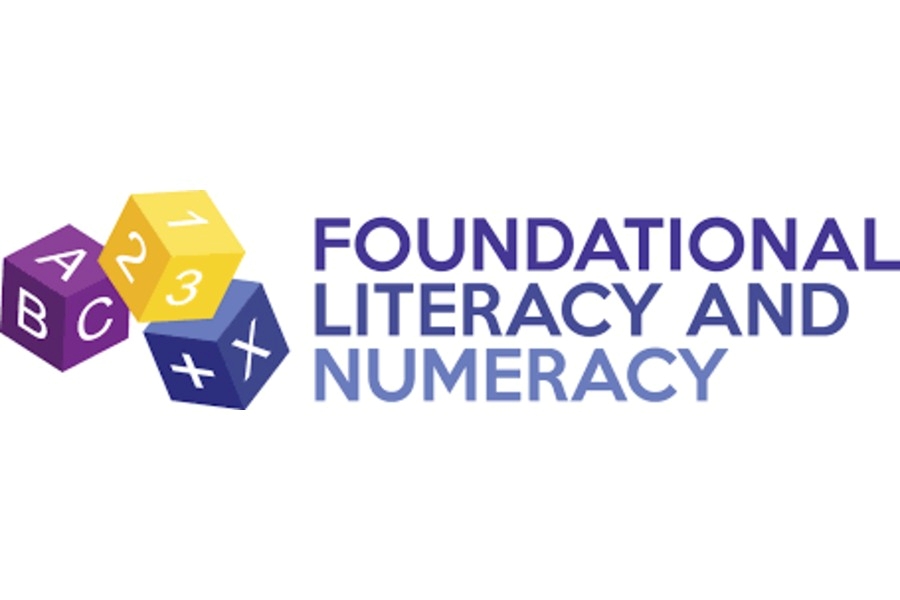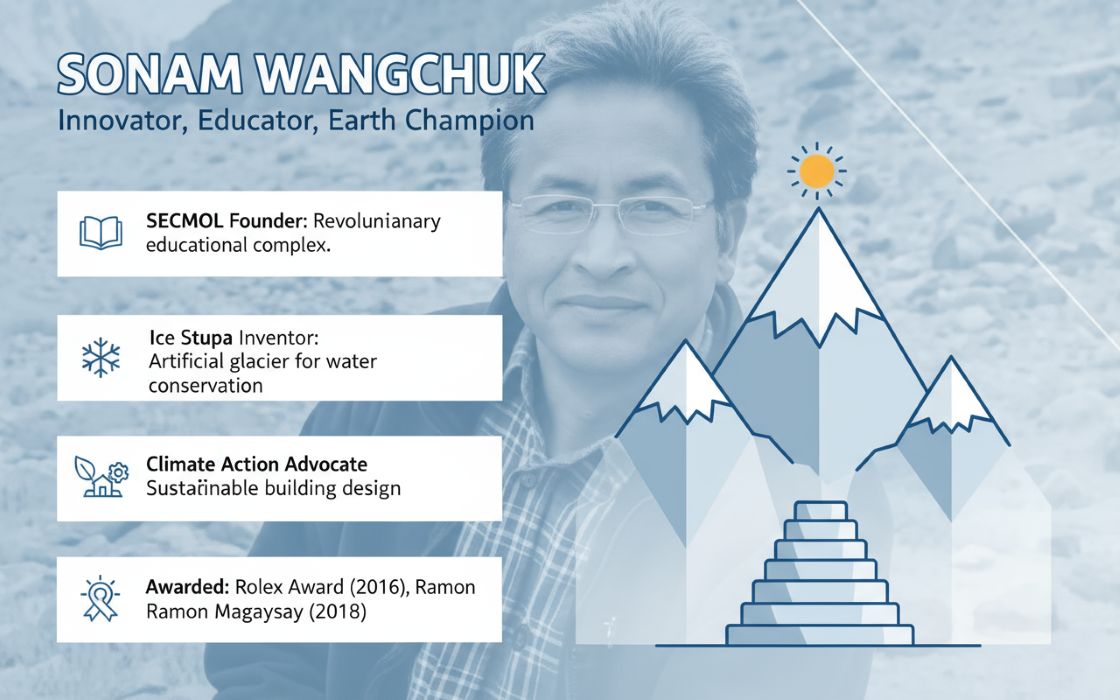As the global climate crisis accelerates, the food industry’s environmental footprint—particularly through food and plastic waste—demands urgent attention. With institutional dining often overlooked in the sustainability conversation, emerging food-tech innovations are now poised to rewrite the script. HungerBox, a leading institutional food-tech platform, is demonstrating how digital solutions, data-driven insights, and behavioral nudges can transform everyday dining into a model of efficiency, responsibility, and impact.
In this exclusive email interview with TheCSRUniverse, Mr. Sandipan Mitra, Founder & CEO of HungerBox, shares how the company is leveraging technology to combat food waste, reduce single-use plastic, and embed sustainability into the DNA of food services. From AI-powered demand forecasting and compostable packaging to food donations and ESG-aligned corporate partnerships, the conversation explores actionable strategies that move the needle from waste to value.
Scroll down to read how food-tech can be a powerful enabler of the circular economy—and why the future of dining must be as sustainable as it is smart.
Q. Plastic waste and food wastage have become pressing environmental concerns globally. From your perspective, how serious is the plastic and food waste crisis in the food industry today?
A. The plastic and food waste crisis in the food industry is extremely real and urgently needs to be addressed. The industry generates an alarming amount of both edible and plastic waste from excess food in cafeterias to single-use plastics used in delivery and dining setups. These inefficiencies are widespread and systematic.
Technology and responsible behavior offer powerful solutions to reverse much of this damage. It’s not just about reducing harm it’s about redesigning how food is served, consumed, and valued. HungerBox is actively working to enable that transformation across institutional dining.
Q. HungerBox leverages food-tech to streamline operations. How are innovations like AI-generated personalized meals, pre-ordering, and demand forecasting helping reduce food wastage in institutional dining?
A. At HungerBox, we leverage predictive algorithms to forecast demand by analyzing past orders and user preferences. This helps our vendor partners prepare the right quantity of food, significantly reducing overproduction. Pre-ordering allows us to smooth out demand, ensuring meals are prepared based on actual consumption patterns.
We also provide vendors with real-time consumption data, enabling them to adjust preparation volumes dynamically throughout the day. These innovations have already led to noticeable reductions in food waste across several client locations, making institutional dining more efficient and sustainable.
Q. What role can biodegradable packaging and compostable tableware play in reducing plastic waste in the food service ecosystem, and how feasible is large-scale adoption?
A. Biodegradable packaging and compostable tableware play a vital role in reducing plastic waste across the food service ecosystem. At HungerBox, we actively encourage our vendor partners to adopt eco-friendly alternatives that break down faster and don’t harm the environment like traditional plastics do. Several partners have already started using these materials.
While adoption is growing, scaling it across the board requires balancing cost, supply chain readiness, and vendor compliance. That said, with increasing awareness, supportive regulations, and improved procurement visibility through technology, large-scale adoption is no longer a distant goal; it’s well within reach.
Q. How is HungerBox encouraging environmentally conscious behavior among users, food vendors, and corporate partners to support waste reduction?
A. At HungerBox, we promote environmentally conscious behavior at every level of the food service ecosystem. For users, our app includes built-in nudges such as reminders to cancel unwanted orders within 30 seconds and options to choose eco-friendly cutlery to reduce unnecessary waste.
For vendors, we provide real-time consumption data that helps them optimize food preparation volumes, minimizing excess. With our corporate partners, we run sustainability initiatives like 'Zero Waste Cafeteria' campaigns, composting drives, and provide dashboards that track environmental impact.
In addition, HungerBox ensures responsible disposal of used cooking oil, in accordance with RUCO guidelines, helping reduce CO₂ emissions. The used cooking oil is recycled and converted into certified BioDiesel.
By combining data, technology, and behavioral nudges, we’re creating a culture of mindful consumption and sustainable operations across all touchpoints.
Q. HungerBox is known to support the donation of excess food to NGOs. Can you share how this process works, the impact it has generated so far, and what challenges you face in scaling this initiative across different cities and partners?
A. At HungerBox, we’ve built a tech-enabled, hygienic, and traceable framework to support the donation of excess food. FSSAI-compliant vendors on our platform can log surplus food directly into the system. Once logged, our partnered NGOs are notified in real time to arrange timely pickups, ensuring safe and efficient redistribution.
This initiative has already helped donate thousands of meals, particularly from large IT campuses and manufacturing plants. It’s had a meaningful impact in reducing food waste and addressing hunger at the same time.
Scaling this model, however, comes with challenges such as securing hyperlocal NGO partnerships, aligning logistics, and obtaining necessary client approvals. Despite the complexity, we remain committed to expanding this effort steadily and responsibly across all our operating regions.
Q. With UNEP’s Food Waste Index highlighting the lack of accurate tracking in many countries, how does HungerBox use data to measure, monitor, and minimize waste?
A. At HungerBox, accurate tracking is central to how we measure, monitor, and minimize food waste. We track every order, cancellation, and leftover in real-time across all partner cafeterias. This granular data allows vendors to forecast demand more accurately and identify patterns such as frequently wasted or returned items.
We convert this data into actionable insights through analytics dashboards, which help drive informed decisions on menu planning, portion sizes, and preparation volumes. It’s not just about tracking waste, it's about using data to make every meal count and enable meaningful, data-driven interventions that reduce waste at the source.
Q. Do you see a future where food-tech companies actively contribute to a circular economy model within the food services sector? What steps is HungerBox taking in this direction?
A. Yes, we strongly believe food-tech companies have a critical role to play in enabling a circular economy within the food services sector. At HungerBox, we’re actively designing systems where surplus becomes input whether through food donations, composting, or encouraging the use of reusable and eco-friendly materials.
We work closely with vendors to reduce cafeteria waste, promote sustainable behaviors, and support food redistribution where possible. We also help clients measure and offset their food service impact through real-time dashboards and ESG-linked initiatives like carbon-neutral cafeterias and plastic audits.
Our long-term vision is to make institutional dining both smart and sustainable, reducing food waste, scaling reusable packaging, expanding donation coverage, and supporting net-zero cafeteria operations. The future is regenerative, and we see technology as the key driver in achieving it.
Q. What kind of policy support or regulatory changes would further empower food-tech companies like yours to scale sustainable practices?
A. To scale sustainable practices more effectively, food-tech companies like HungerBox would benefit from clearer and more supportive policies around food donation, composting, and eco-packaging.
For example, standardized national guidelines on safe food redistribution and composting within office parks would streamline operations and reduce legal ambiguity. Incentives for adopting biodegradable packaging would also encourage wider vendor participation.
Additionally, a national-level digital infrastructure for surplus food redistribution could significantly enhance coordination between food providers, NGOs, and logistics partners. While we can mobilize change quickly through technology, supportive regulatory frameworks would amplify our impact and accelerate the shift toward more sustainable food service models.
Q. How does HungerBox align with the ESG and sustainability goals of its corporate clients, and how do you see these partnerships evolving?
A. HungerBox aligns closely with the ESG and sustainability goals of our corporate clients by providing the tools and insights they need to drive meaningful change in their food service operations. We offer real-time dashboards and customized reports that track cafeteria emissions, food waste, and user consumption patterns helping clients monitor their impact and make data-driven decisions.
We also co-create ESG-linked initiatives such as carbon-neutral cafeterias, plastic audits, and 'Zero Waste Cafeteria' campaigns. These partnerships are deepening as sustainability moves from being a checkbox to a strategic priority. Going forward, we see our role expanding as a tech enabler—helping clients achieve smarter, greener, and more responsible dining ecosystems that support their long-term ESG commitments.
Q. What are HungerBox’s long-term sustainability goals, and how do you plan to balance innovation, scale, and environmental responsibility in the years to come?
A. Our long-term sustainability goals at HungerBox focus on making institutional dining smarter, cleaner, and more responsible. We aim to reduce food waste across all client sites, scale the use of reusable and biodegradable packaging, expand our food donation network, and help our clients move toward net-zero cafeteria operations.
We balance innovation, scale, and environmental responsibility by embedding sustainability into every aspect of our platform. From developing tech features that reduce waste to forming responsible vendor partnerships and co-creating ESG initiatives with clients, we ensure that growth goes hand in hand with positive environmental impact. For us, innovation isn’t just about progress, it’s about healing the planet while moving forward.

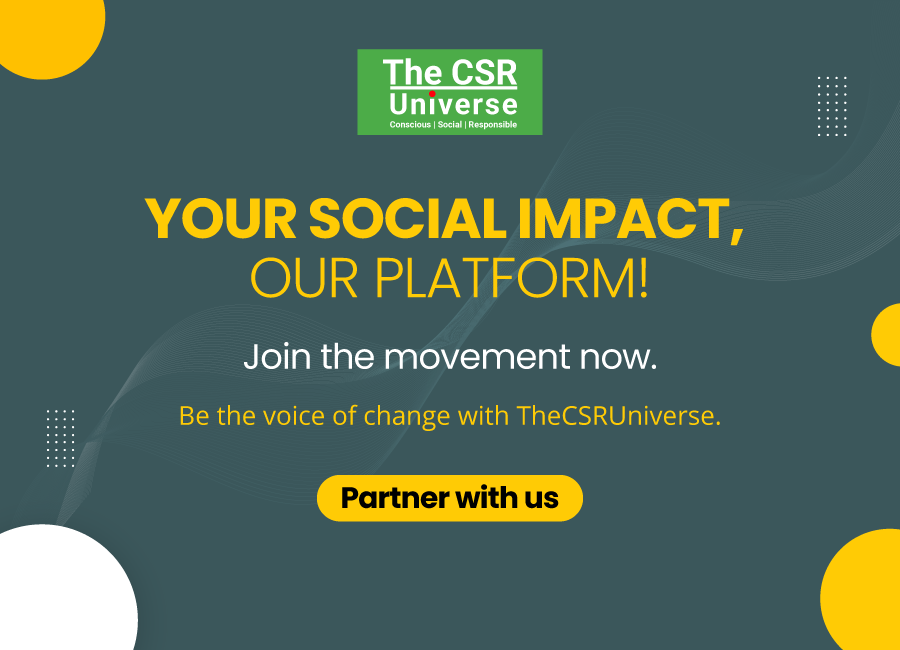


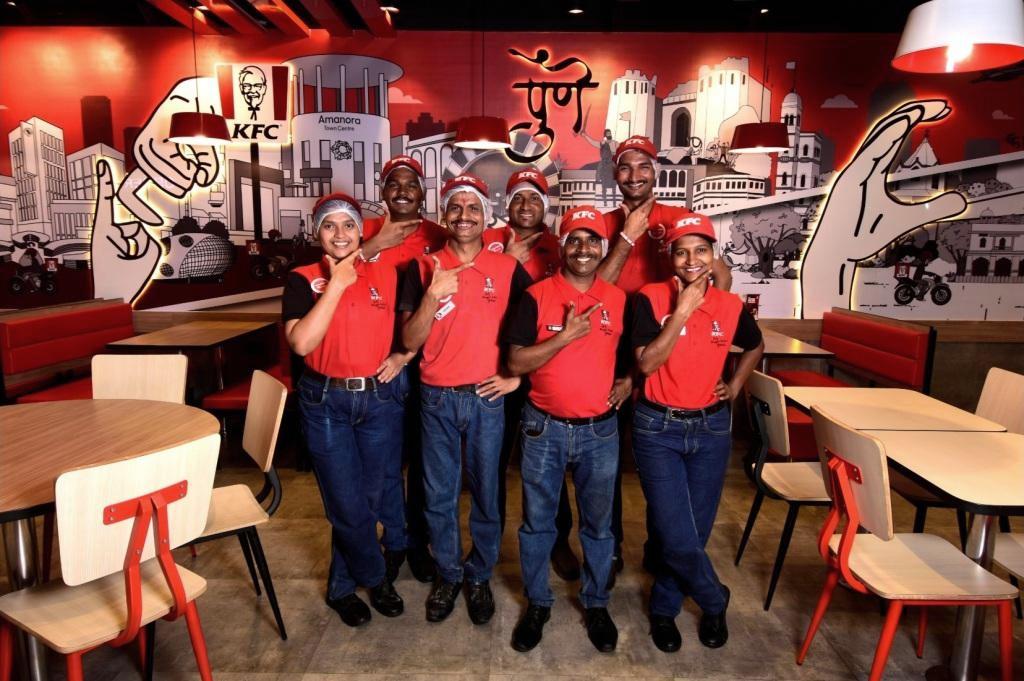

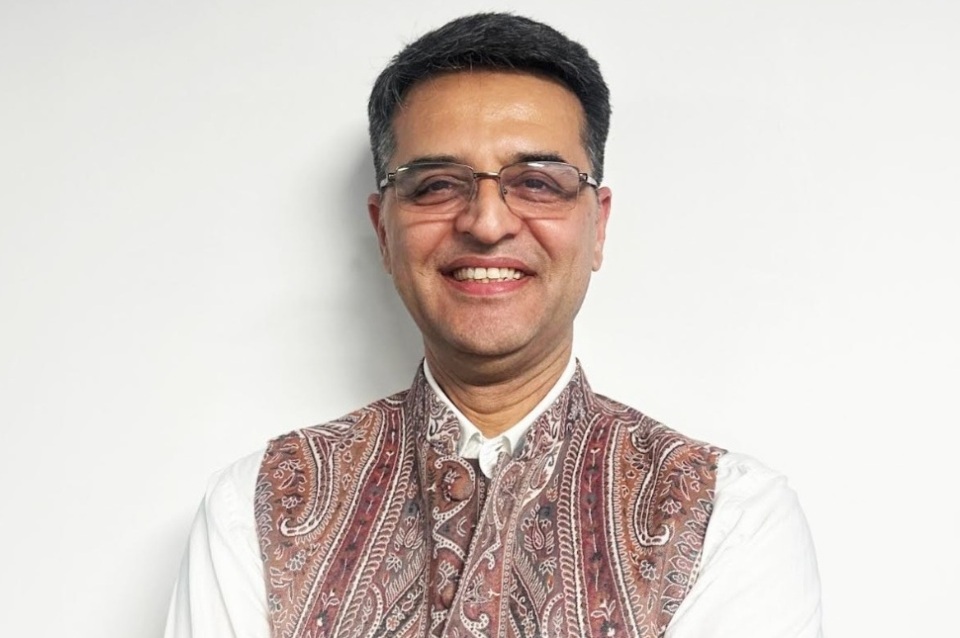
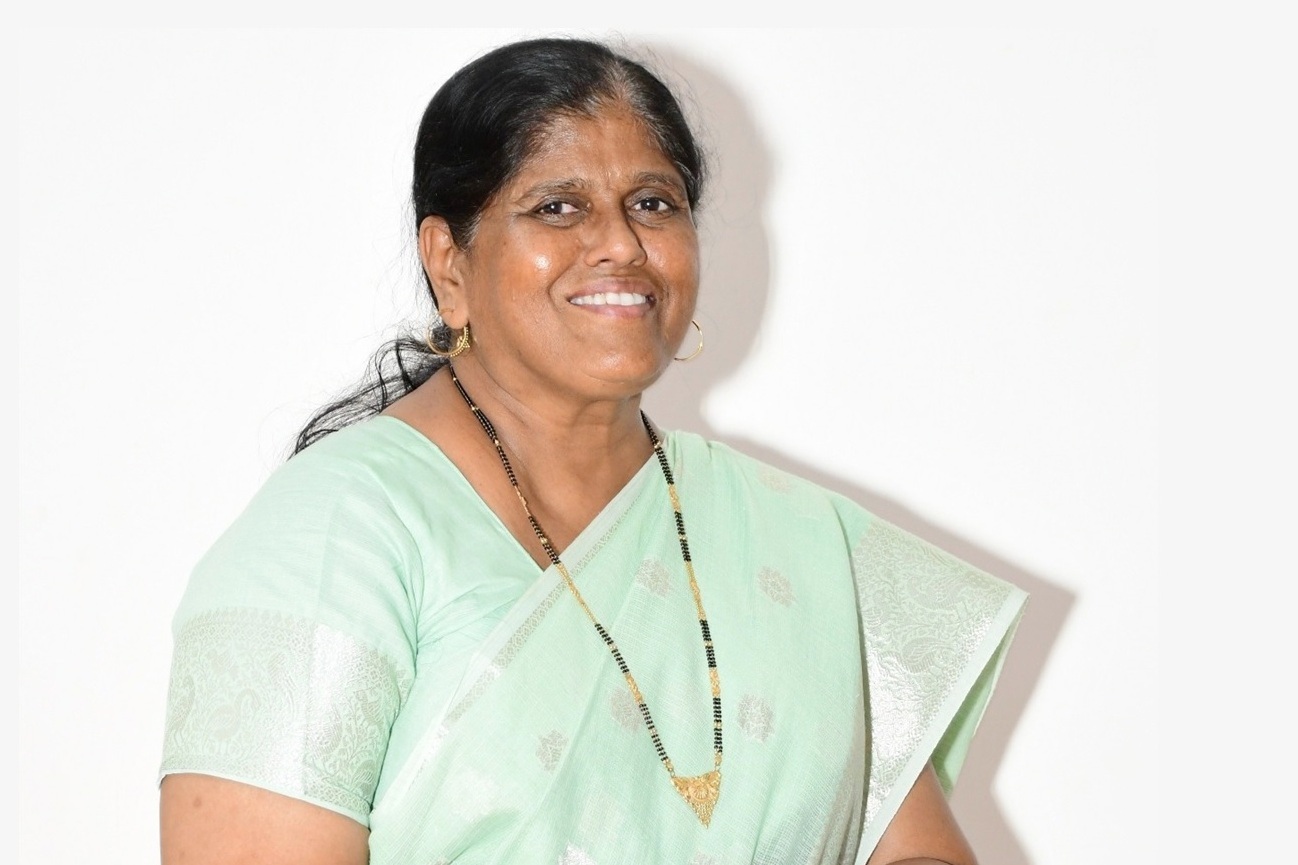



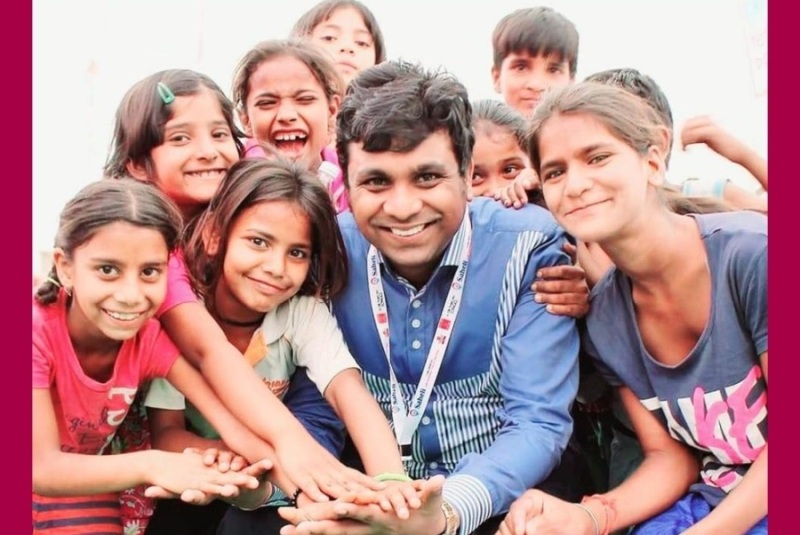
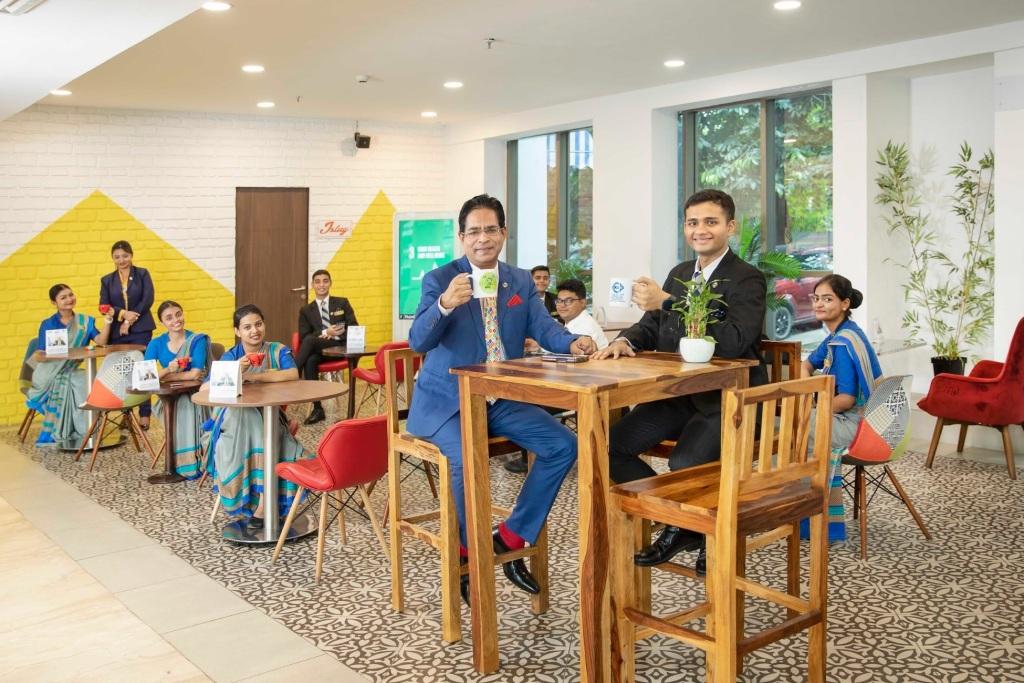
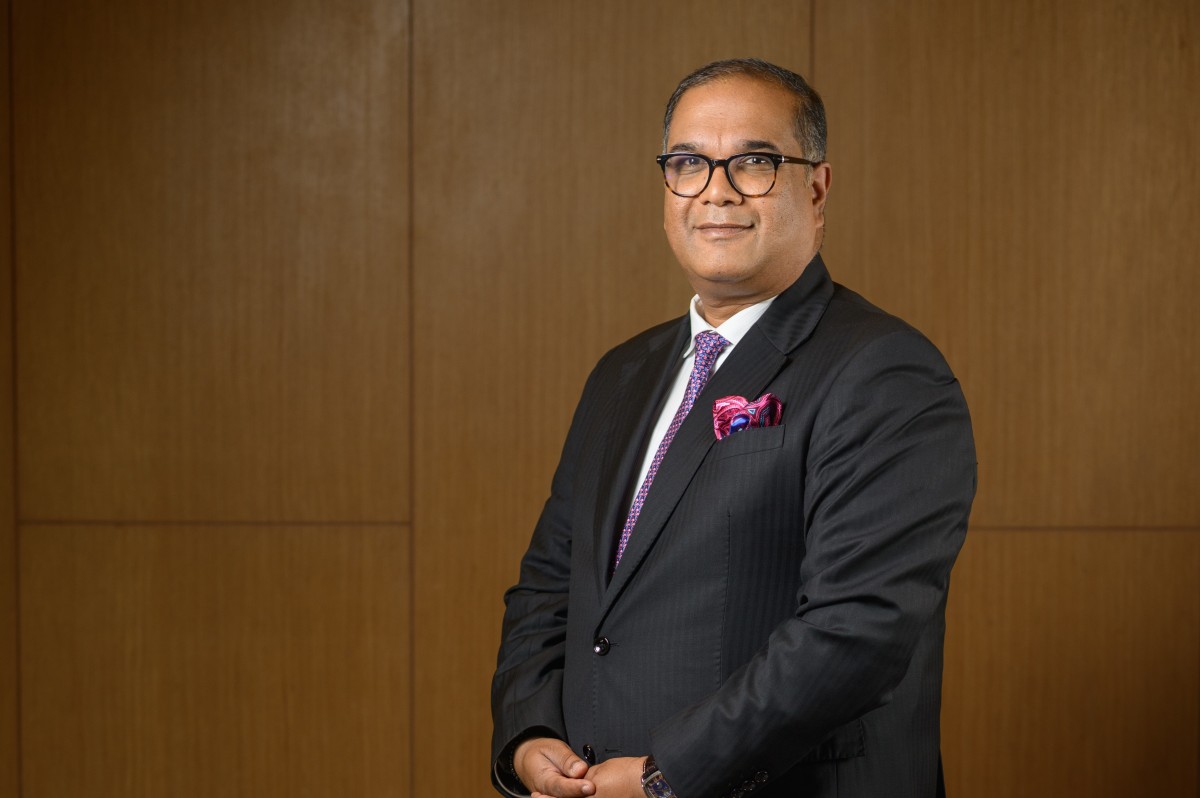
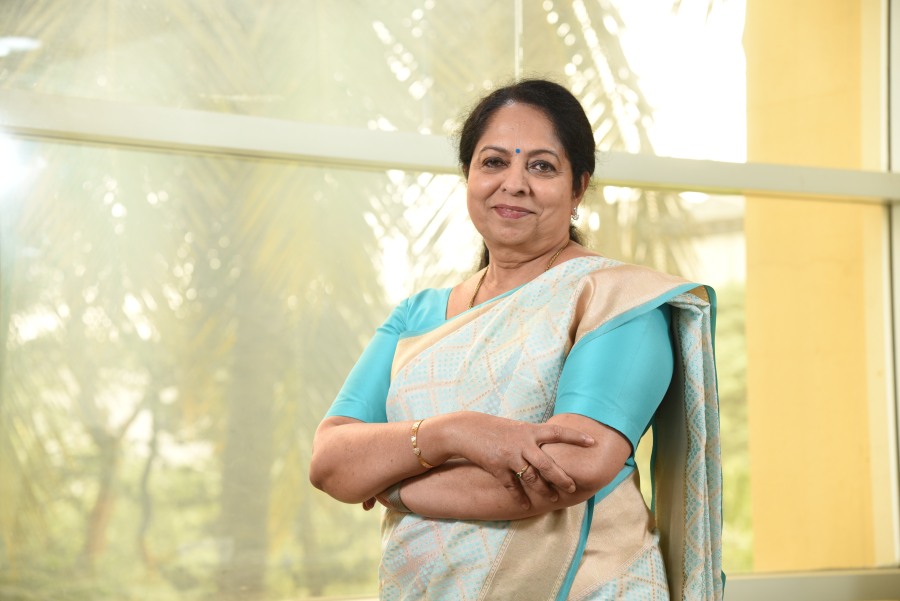
.jpg)
